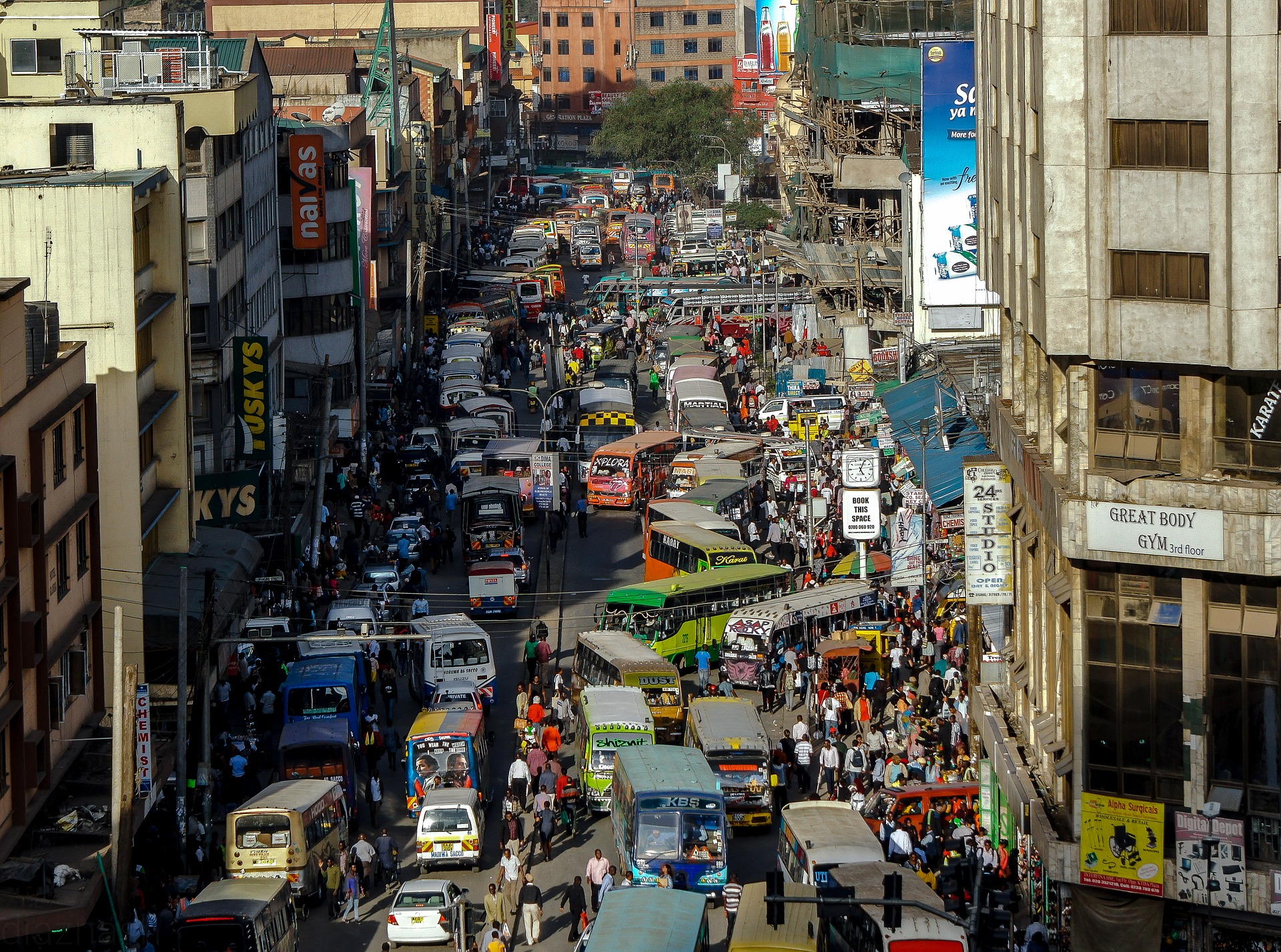
UN Member States have agreed a historic agreement for a comprehensive set of voluntary global road safety targets, including two specific targets on road safety (SDG 3.6 and SDG 11.2) in the 2030 Agenda for Sustainable Development.
The performance targets that they reached consensus on align with the five pillars of the Global Plan for the Decade of Action for Road Safety 2011-2020: road safety management, safer roads and mobility, safer vehicles, safer road users, and post-crash response.
The 12 targets they agreed are:
• Target 1: By 2020, all countries establish a comprehensive multisectoral national road safety action plan with time-bound targets.
• Target 2: By 2030, all countries accede to one or more of the core road safety-related UN legal instruments.
• Target 3: By 2030, all new roads achieve technical standards for all road users that take into account road safety, or meet a three star rating or better.
• Target 4: By 2030, more than 75% of travel on existing roads is on roads that meet technical standards for all road users that take into account road safety.
• Target 5: By 2030, 100% of new (defined as produced, sold or imported) and used vehicles meet high quality safety standards, such as the recommended priority UN Regulations, Global Technical Regulations, or equivalent recognized national performance requirements.
• Target 6: By 2030, halve the proportion of vehicles travelling over the posted speed limit and achieve a reduction in speed-related injuries and fatalities.
• Target 7: By 2030, increase the proportion of motorcycle riders correctly using standard helmets to close to 100%.
• Target 8: By 2030, increase the proportion of motor vehicle occupants using safety belts or standard child restraint systems to close to 100%.
• Target 9: By 2030, halve the number of road traffic injuries and fatalities related to drivers using alcohol, and/or achieve a reduction in those related to other psychoactive substances.
• Target 10: By 2030, all countries have national laws to restrict or prohibit the use of mobile phones while driving.
• Target 11: By 2030, all countries to enact regulation for driving time and rest periods for professional drivers, and/or accede to international/regional regulation in this area.
• Target 12: By 2030, all countries establish and achieve national targets in order to minimize the time interval between road traffic crash and the provision of first professional emergency care.
In his statement to the meeting, WHO Director-General, Dr Tedros Adhanom Ghebreyesus, noted “By making roads and vehicles safer, and by improving the behaviour of road users, we can prevent road traffic crashes from happening in the first place. By pursuing universal health coverage, we can ensure that victims receive good quality care, when and where they need it. This applies not only for trauma care, but also for mental health and rehabilitation services. Together these measures don’t just save lives; they also make economic sense.”
Read more HERE.